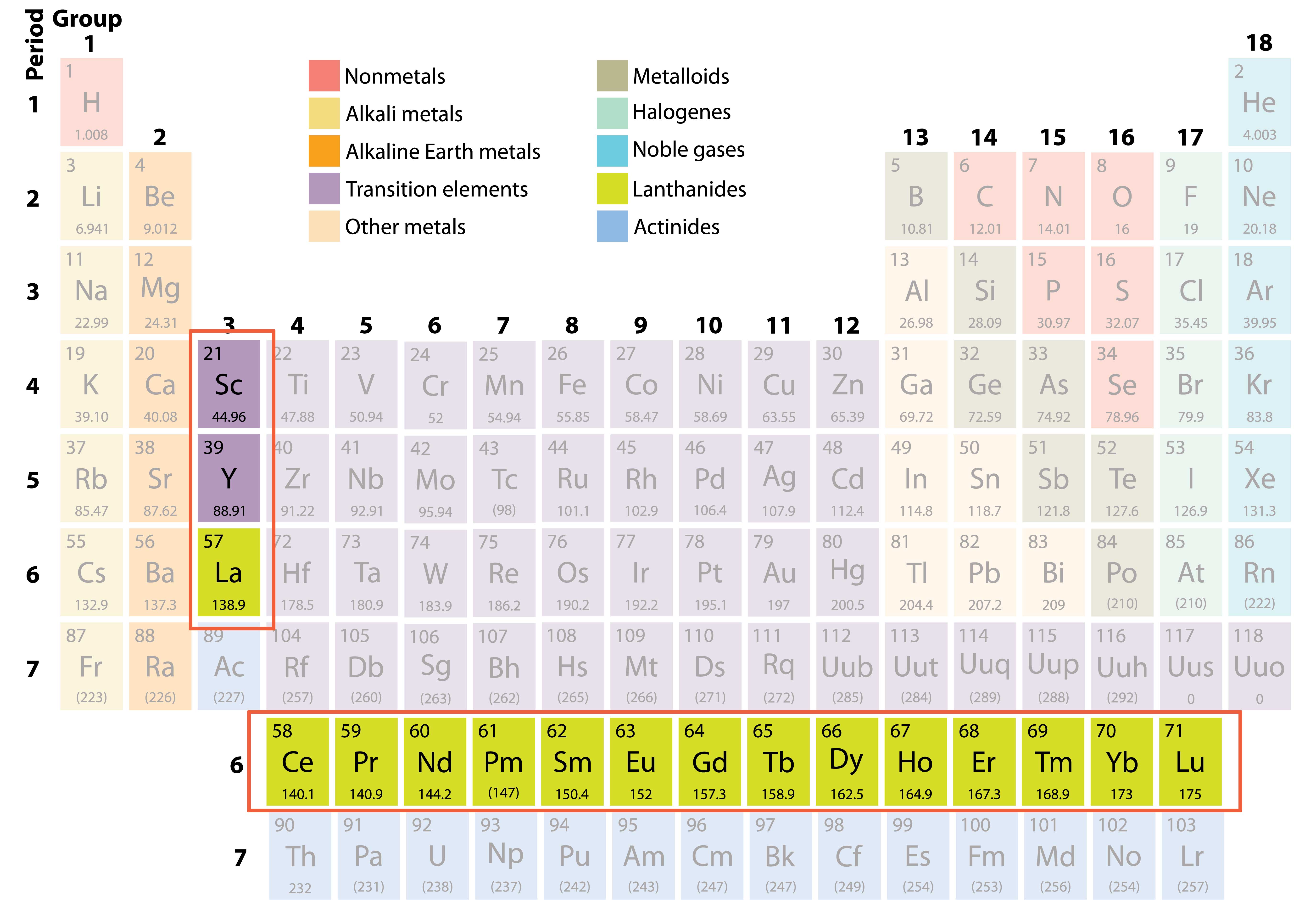WHEN world leaders gather in Paris later this month to forge an agreement on climate change, they will discuss ways to use less fossil fuel, expand energy-efficient technologies and reduce carbon dioxide emissions. Yet even as our leaders are pushing us to use fewer resources, their vision will force us to use more.
Though energy from the sun and wind appears boundless, the resources needed to turn it into power are not. And as we move away from oil, gas and coal, there is increasing demand for the rare metals that are at the heart of green technology. In the process, we are trading one resource dependency for another, and unleashing a new set of economic and environmental ramifications.
These rare metals — a group of roughly 50 that includes indium, rare earths and gallium — are produced in small quantities, often several thousands of tons annually or less; blended with other metals; and traded in back-room deals. But don’t let their obscurity fool you. They are critical to green technology. Their unique properties make the products we buy smaller, faster and more powerful.
They are embedded in the tallest wind turbines, the smallest computer chip and in every battery. If we succeed in meeting the International Energy Agency’s minimum recommendation of nearly quadrupling wind power capacity by 2030, growing electric vehicle use more than 100-fold by 2025, and increasing battery efficiency, specialty metals like dysprosium and cobalt will take center stage.
The Department of Energy and the European Union now fret over potential shortages of these metals because the speed of technological innovation may soon outpace our ability to develop sustainable supplies to support them. The American Chemical Society reports that nearly half of naturally occurring elements face supply risks. But a sole focus on geologic supply is misguided.
The greater concern is that miners cannot quickly ramp up production. Supply lines can take 10 to 15 years to develop, resulting in part from challenging mining regulations, the high costs of opening a mine and environmental concerns. And finding the right mix of heat and acids to produce some of these metals can take years, if it can be done at all. Having the minerals in the ground doesn’t mean these metals can be produced.
Specialty metals are rarely mined for themselves. They are byproducts of more lucratively mined metals like copper. This means that even if prices of a rare metal were to skyrocket, companies often have little economic incentive to produce them if it means sacrificing some base metal production or investing in new processing equipment. If supplies cannot be produced in a timely way, these specialty metals will become more expensive, limiting their use.
This is not an abstract issue. Fears of resource shortages, caused by uncertain supply, have led companies to abandon promising technologies. Wind power manufacturers, like General Electric, shifted away from using technologies requiring rare earths, a set of rare metals produced almost entirely in China. Fear persists in the market that Beijing would again restrict access, as it did in 2010 when it cut off supplies to Japan. When one mine or country dominates production — as China does for nearly half of all critical metals — supply risks abound.
Substitution can have a hidden but profound environmental impact. For example, air-conditioners built without a rare earth magnet motor are significantly less efficient. In the United States, which expends 5 percent of all the electricity it produces on air-conditioning, less efficient machines can mean significantly more energy consumption and carbon dioxide emissions.
Until 30 years ago, many rare metals were mere chemistry curiosities. With the advent of green technology and the proliferation of electronic gadgets, we have produced more of most rare metals over the past three decades than we did from the beginning of time to the 1980s.
Manufacturers will most likely discover ways to become more efficient with rare metals, using less in each product. But even if electric cars, for example, use 50 percent less rare metal per car, the increase in vehicles needed to meet green energy goals will lead to vast demand.
Rather than predicting which metal we need, we must turn rare metals into commodities, by making them cheaper, more abundant and produced with minimal environmental impact. A good first step is government investments in science to develop a cadre of mineralogy and material researchers who can help unlock the powers of rare metals and produce them with greater ease. Governments can also foster investment in rare metals by establishing faster permitting systems for their extraction with clear, stringent environmental standards.
Companies, too, have a role to play. Manufacturers must make products easier to reuse and recycle. Internationally, the establishment of a materials agency to publish research and data can help bring transparency to the opaque market. And funding for international development initiatives should support environmentally sustainable rare metal operations.
Over a century ago, we jumped into fossil fuels without understanding the ramifications of their use. We would do well to realize the resource implications of our green ambitions and develop a resource plan with them in mind.
David S. Abraham is the author of “The Elements of Power.”

No comments:
Post a Comment